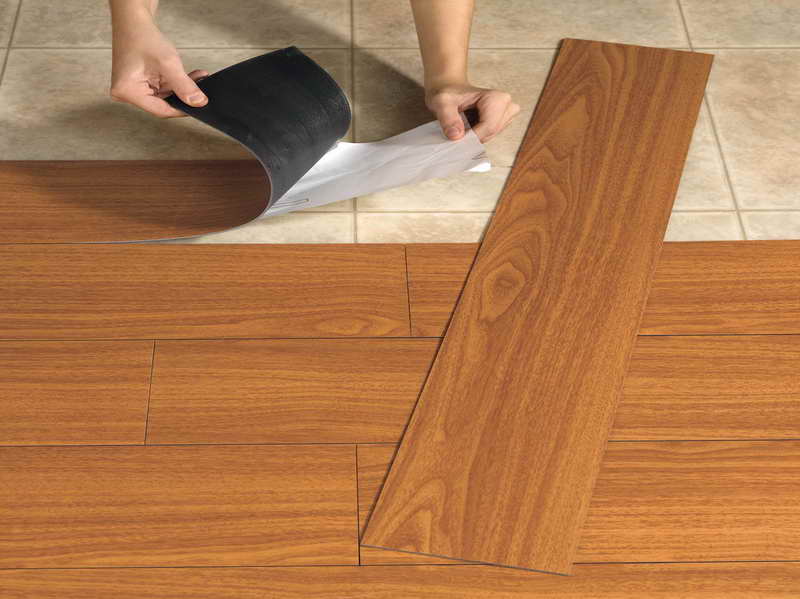Below is given the safe Method Statement for performing the installation of vinyl Flooring in simple steps.
Selected working area should be barricaded to avoid accidents & damages and obtain necessary clearances and approvals from Engineers including MEP clearance. Inspection request to be raised and ensure its approval prior to start vinyl flooring.
Ensure the surface to receive the Vinyl flooring must be absolutely hard, level, dry, smooth and structurally sound.
It must be free of cracks and other irregularities and must not be contaminated with dust , paint, plaster, oil, grease or any other substance which could affect adhesion.
Existing sub floor will inspected for the deflection and should not exceed 7mm. The surface level shall be clean prior to application of primer.
Self-leveling compound will be applied wherever required on the prime surface by a trowel and spike roller shall be passed over the leveling compound before it dries to remove air ,the mixture of self-leveling compound should be as per manufacturers recommendation. Expansion Joints or movements joints shall be considered.

Laying Preparation for Vinyl Flooring Sheets
Sheets must be unrolled and left in the room to be covered with approved adhesive, for at least 24 hours prior to laying.
Ensure sub –floors are dry prior to start of vinyl flooring.
Lay first length along guide line, ensuring sheets are laid as per the approved shop drawing.
Fold back sheets half way, use finely serrated trowel to apply the single stick acrylic adhesive and manufacturer instruction must be followed.
Smooth down manually then roll with a 50 kg flooring roller in 2 directions to ensure adhesion.
If necessary groove and hot rod weld joints after 24 hours of adhesive application, Layout of the rolls joints will be as per the approved shop drawings
Laying of PVC Skirting
Apply approved adhesive to a few linear meters of the walls. Wait enough time till the adhesive on the wall and skirting becomes tacky. Press each strip of skirting into position ensuring joints are butted tight, smooth down manually. Internal and External corners are cut on site to adjust with existing site conditions and gaps between the pieces should be minimum.
Inspection request to be raised after completion of work and ensure its approval
